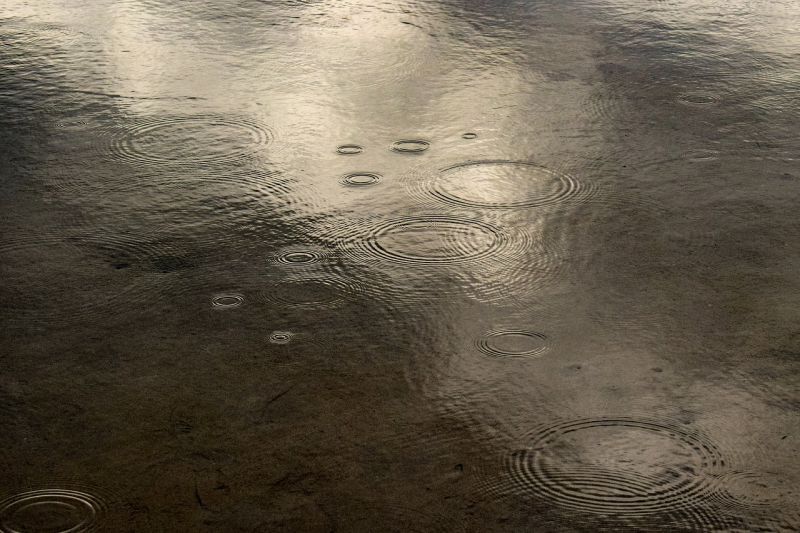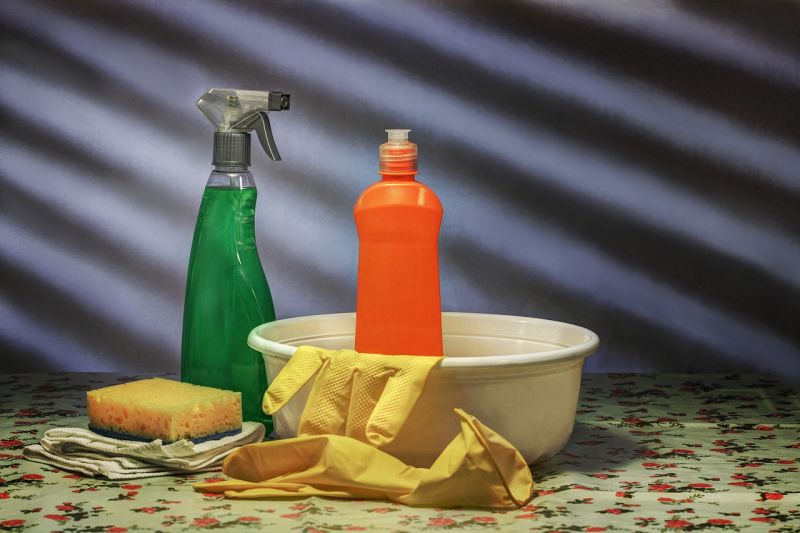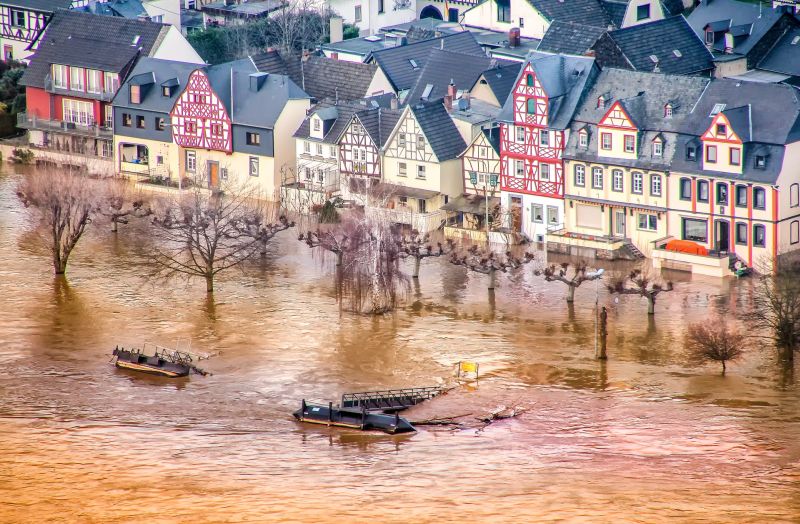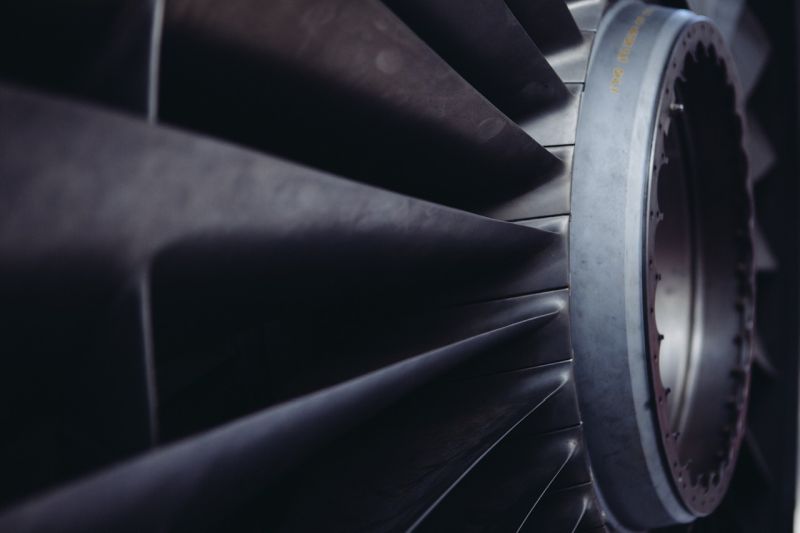It goes without saying that it’s never good when aproperty floods. Whether it be from a natural disaster or a plumbing failure, unwelcome water is always a nightmare. Before you even get around to cleaning a flooded house, there are many things you need to do to ensure safety and security for your property.
Remember, floods can be very dangerous – always call in a professional plumber or electrician if you’re not sure.
The dangers
Before wading in to try to salvage personal possessions, first stop to think about the dangers. Debris carried by the water can be sharp and live wires can be lurking under the surface – not to mention the hazards that contaminated floodwater itself brings.
At the end of the day, the damage has already been done, so making sure the situation is as safe as possible should be your first action.
If the flood has been caused by a natural disaster, there isn’t much you can do prevent further flooding, but if the flooding has come about via a leak, you should locate the main valve to turn off the flow of water.
 You should avoid touching floodwater if possible until you have made certain that the gas or electricity hasn’t been affected and/or if the fuse box is off. If needs be, call an electrician to assist you.
You should avoid touching floodwater if possible until you have made certain that the gas or electricity hasn’t been affected and/or if the fuse box is off. If needs be, call an electrician to assist you.
Water is an excellent conductor of electricity and that means that the combination of electrical appliances and floodwater can be deadly, so always prioritize your own safety above the condition of your property.
Telling those who should know
After assessing the dangers, if no emergency services are required, you should contact your landlord (if you rent) or insurance company. Document as best you can what has been damaged in the flood.Take photographs of the damage, write down the approximate value of items damaged, and try to estimate what work will need to be done.
A very important thing to note: If you see warped foundations or buckled walls/ floors, these are signs of structural damage and mean that the building is not safe to enter and may be at risk of collapsing (though this is usually only due to severe flooding).
After assessing and contacting people, it’s time to take action to get your property back to its normal state.
Beginning the home flood damage repair
Do some research –There are many helpful guides you can find on the internet that can provide you with more information for specific flooding situations. Read up on the processes and timescale for flooding to get the bigger picture.
Get protective equipment –This is really important; as previously mentioned, floodwater can be very hazardous and carry bacteria & sewage. Therefore, you should protect yourself when cleaning a flooded house by wearing special clothing.
The Government recommends you wear rubber gloves, waterproof gloves, an apron, waterproof clothing and a face mask whilst doing home flood repair to minimize exposure to floodwater.
Ensure you thoroughly wash or bin any clothing and equipment you use to for cleaning a flooded house after you’ve finished.
Removing the water
Before you can think of starting the home flood damage repair, you have to remove the floodwater first. Depending on how severe the flooding is, you can remove the water using a combination of buckets, pumps and wet vacuum cleaners. Once the ‘standing water’ is out (water that you can see), you’ll need to use moisture meters to try to find the hidden water.
Water can seep into cracks, go under floorboards, soak into walls and generally get into places where it is hard to get out – this is what makes cleaning a flooded house quite difficult, but it is important as the longer water remains in your property, the more structural damage it does.
Drying out the property
Next, you should begin the drying out process. It only takes mould-spores 24 hours to start growing, and this can cause further damage and grief, so it’s important to start the drying part of home flood repair as soon as possible.
Drying the property could take anywhere from a day to a few weeks depending on the extent of the flooding. It’s good to use a combination of natural air drying, fans and de-humidifiers – the latter being the most effective.
Mould prevention and treatment
One of the last parts of the home flood damage repair process – though arguably one of the most important – is to deal with the mould. Mould can have absolutely devastating consequences to a property and will lead to health concerns and further financial woes.
If you find mould is growing, the safest option is to contact a professional mould expert. Sampling kits to determine which type of mould you have are expensive and it’s better to be safe than sorry and call in a professional to deal with it for you.
Disinfecting contaminated areas
 When the drying out phase is nearly complete, you need to start disinfecting areas. As mentioned previously, floodwater can be very hazardous and can be contaminated with bacteria and toxic substances, so it’s vital to take action to disinfect any areas that the floodwater has been in contact with.
When the drying out phase is nearly complete, you need to start disinfecting areas. As mentioned previously, floodwater can be very hazardous and can be contaminated with bacteria and toxic substances, so it’s vital to take action to disinfect any areas that the floodwater has been in contact with.
Washing walls and floors with hot water and cleaning solutions like 10% bleach will ensure that bacteria and mould spores are killed off before they get a chance to start causing health problems and damage.
If the floodwater reached fridges and food storage areas, it’s advisable to throw away any food stored there as it is most likely contaminated and will cause you health problems if consumed.
Getting back to normal
After all of this cleaning and disinfecting and drying, you’ll be able to start thinking about getting your property back to normal. Depending on the severity of the flooding, it may take a long time for everything to return to how it was, so expect for the journey to be long and challenging, but ultimately worth it in the end.
Article Submitted By Community Writer



